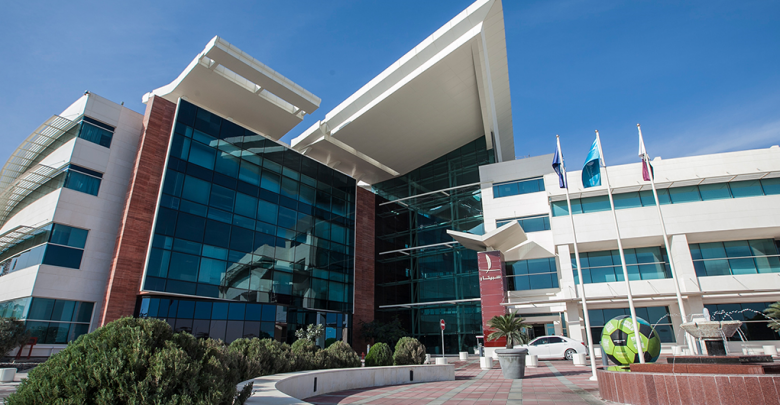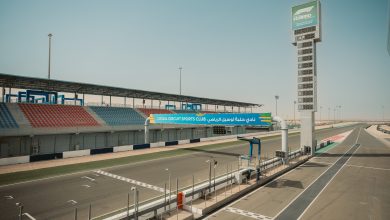
Aspetar study assesses traction between six models of football shoes and surface
سبيتار يكشف علاقة الإصابات بنوعية الأحذية
Aspetar, the orthopaedic and sports medicine hospital and the region’s sports medicine research hub, has published new research assessing variation in the shoe-surface traction of six different football shoe models.
The study covered a full playing season in Qatar, encompassing climatic and grass species variations, in pursuit of Aspetar’s mission to deliver outstanding athlete care.
Increased rotational traction is linked to increased risk of lower limb injury hence Aspetar is studying ways to reduce rotational traction between the players’ shoe and the playing surface leading up to the 2022 FIFA World Cup Qatar.
To conduct the study, experts loaded different football shoes onto a portable shoe-surface traction testing machine to assess how the studs of each shoe release from the surface during a rotational traction test. Testing was repeated at five individual time points to collect data across one season. Surface mechanical properties (surface hardness and soil moisture) and climate data (temperature and humidity) were collected during each test to study any relationship with shoe-surface traction.
The research concluded rotational traction varied substantially across different months of the year, different grass species, and with different shoe outsole types. Warm season grass tested with the soft ground shoe (screw-in metal studs) showed the highest magnitude of rotational traction while cool season grass tested with an artificial ground shoe (small round moulded studs) showed the lowest.
Commenting on the podiatry research, Athol Thomson, research scientist and podiatrist at Aspetar, said: “These objective data should allow for more informed footwear choices for football played in warm/hot climates especially for players returning from serious injury such as anterior cruciate ligament rupture at the knee. Warm season grass species and high temperatures produce playing surfaces with high traction. Therefore, players should choose lower traction shoes to minimise risk of their foot becoming trapped on the surface during turning or cutting movements.”
Using innovative research techniques and clinical expertise both in the hospital and on the playing field, Aspetar is constantly involved in ground-breaking research to help athletes reach their full potential. The centre’s findings are published in international peer-reviewed publications and the team regularly presents their knowledge at forums and conferences held by the world’s leading stakeholders in sports medicine and exercise sciences.
كشف سبيتار، مستشفى جراحة العظام والطب الرياضي في قطر، في أحدث أبحاثه عن وجود علاقة وثيقة بين اختيار الأحذية ونوعية العشب ودرجة حرارة الطقس وتعرض بعض لاعبي كرة القدم لإصابات الطرف السفلي، وخاصة إصابات أوتار الركبة.
وخلصت الدراسة إلى أن هناك علاقة طردية بين ارتفاع الاحتكاك الدوراني وخطر التعرض للإصابة في الطرف السفلي، مما دفع سبيتار لدراسة سبل وقاية اللاعبين من التعرض لتلك الإصابات في إطار مهمة المستشفى الرامية للحفاظ على صحة اللاعبين، وقبل أعوام قليلة فقط من احتضان الدوحة لمونديال 2022.



